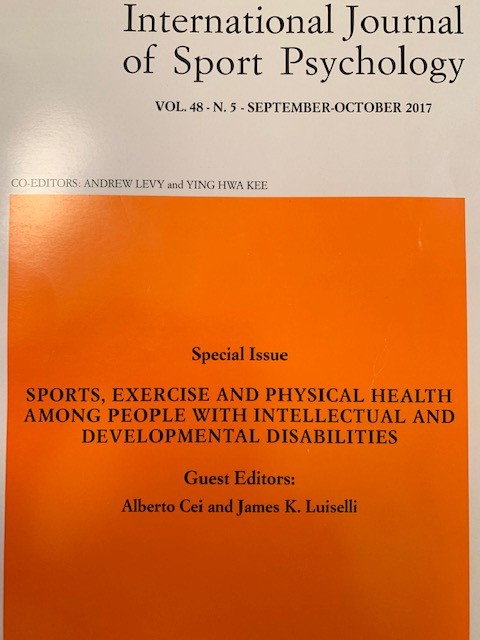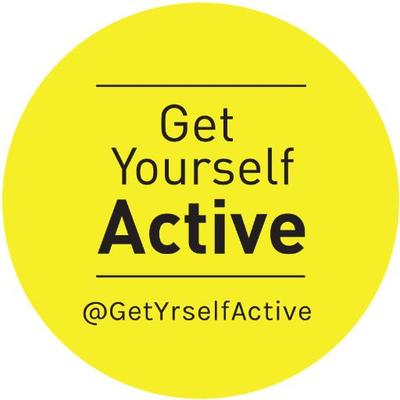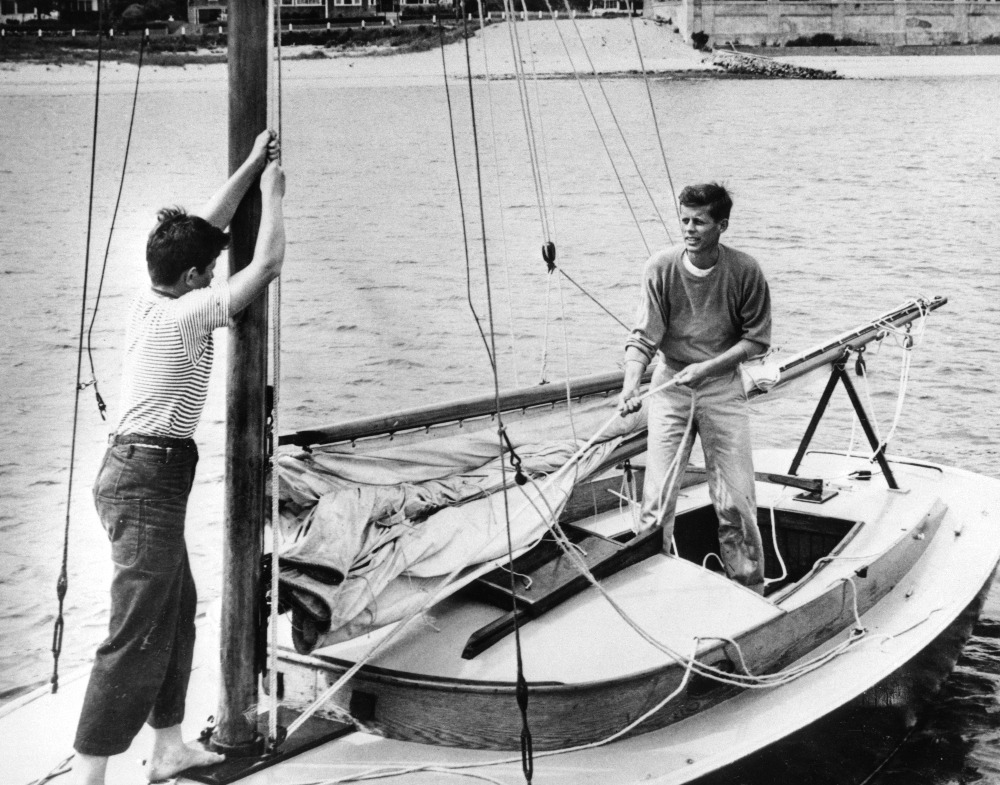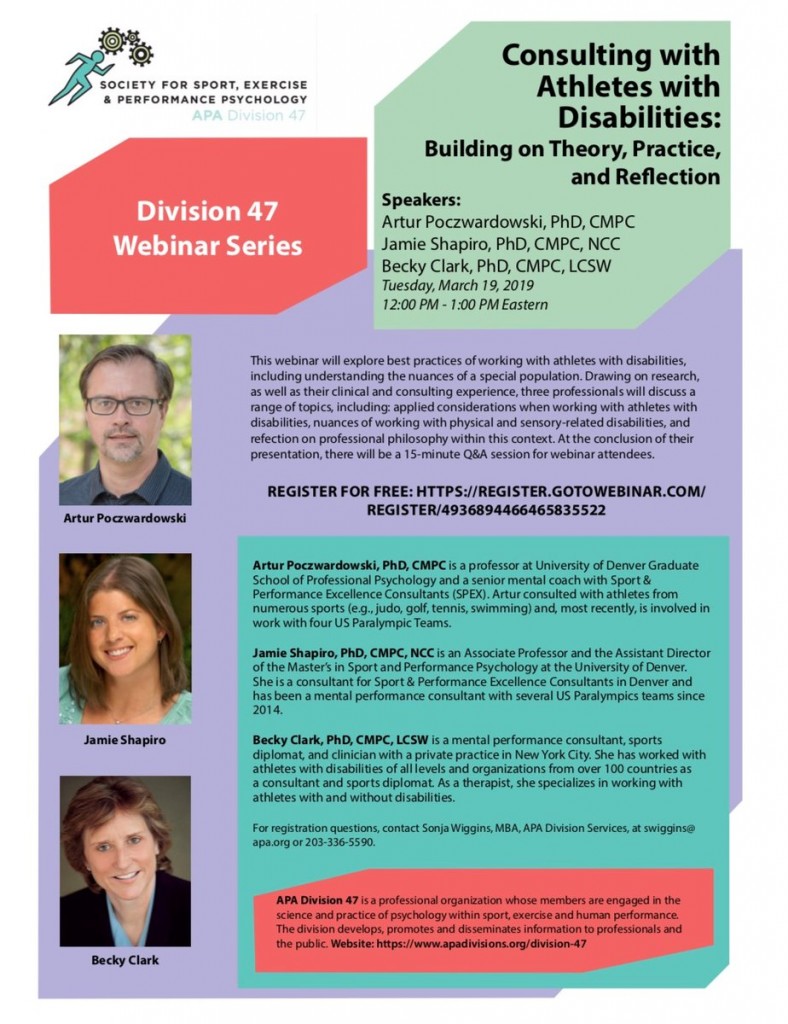Sport for young people with intellectual disabilities, children and adolescents, especially with autism spectrum syndrome is a difficult wall to break down. There are too many dogmatic thoughts blocking the opportunity for the development in this age group, which is critical for the approach that can to provide at their life not only in these years but also for the future as adults.
Sedentary and overweight are the most common outcomes faced by these young people and their families. In Italian school system the young with disabilities are 216,013, equal to 2.4% of the entire population (close to 9 million students).
Of these, 68% are young people with intellectual disabilities.
How many of them practice sports or physical activity continuously? Unfortunately we do not know and this is already a rather serious fact that highlights the limited interest in sport. How many sports organizations are carrying out programs for these young people? Even on this point, information is very scarce and families have not places where to ask about this.
We could continue with many other questions, which at the moment did not find an answer.
Finally, the scientific data, not only in Italy, even internationally are reduced. Rather, it’s better to follow the motto: “sport is good, do it”. Little is known about the training programs carried out, about the characteristics of the professionals involved, there are no longitudinal studies.
In Italy, Even the recent book on “Good practices in autism” published by the Psychologist Register certainly interesting for the aspects related to diagnosis and relationships between School, Families and Services, ignores sports as a system of empowerment of young people with ASD. It is a pity that they did not inquire about this issue, because sport is instead an essential piece for the development of young people with ASD.
International Journal of Sport Psychology has dedicated a special issue on the subject and anyone interested can request it from the publisher Luigi Pozzi.












